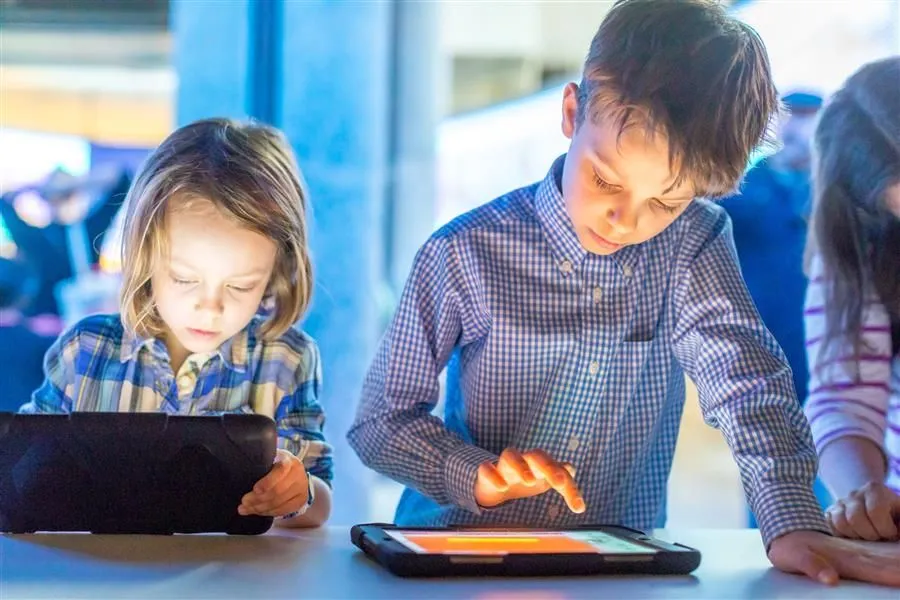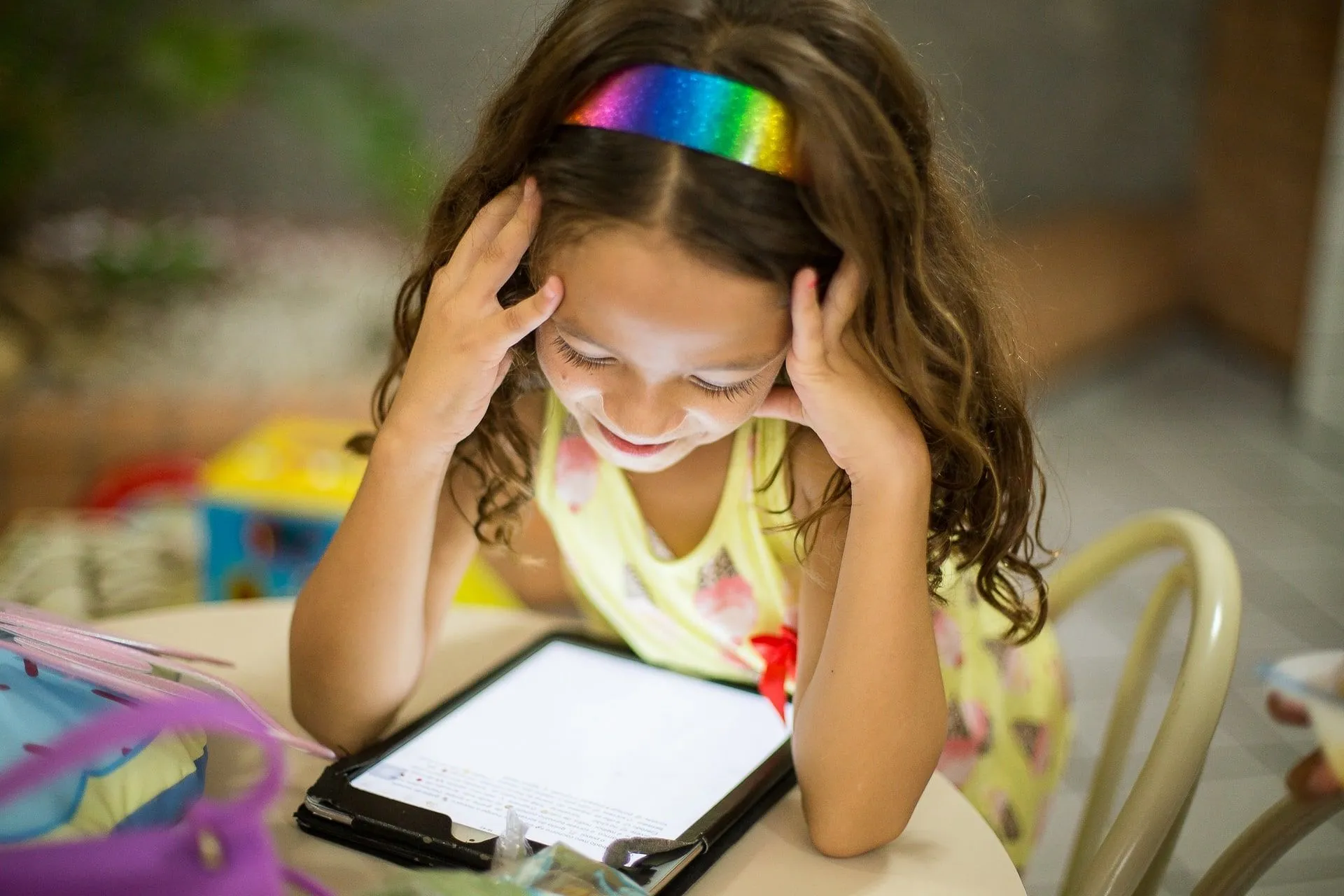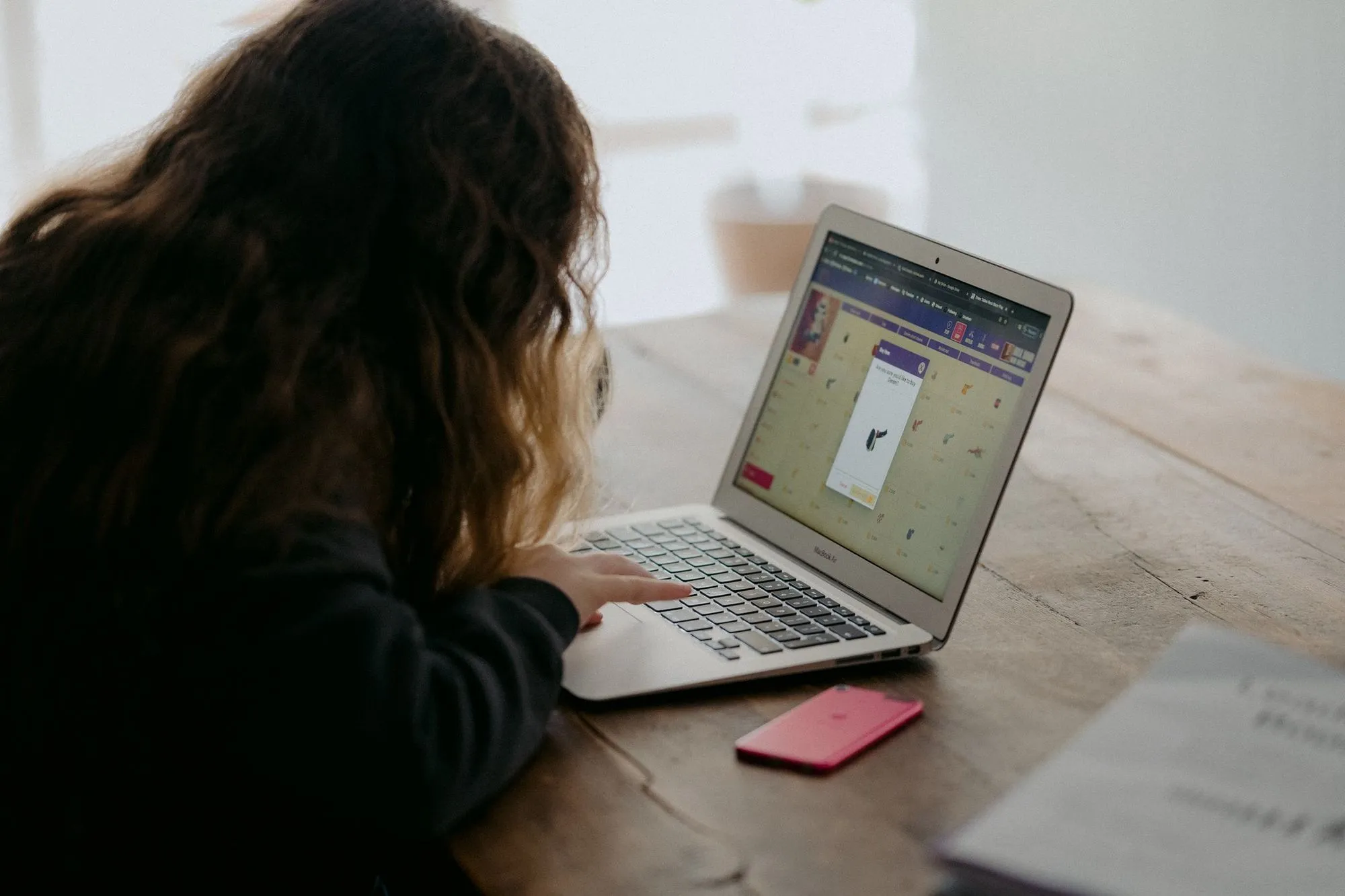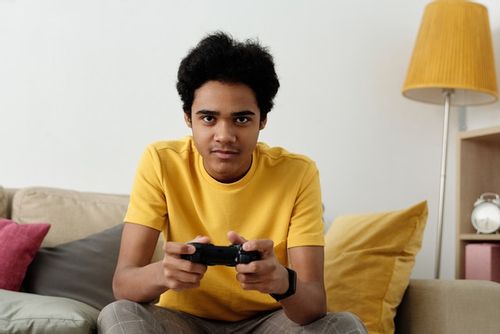FOR AGES 2 YEARS TO 18 YEARS
During the lockdown, parents across the country might find themselves struggling to teach topics that they aren't familiar with - and for many parents, that includes coding. Teaching coding to kids has become an essential part of the curriculum, and through learning to code, kids can improve their problem-solving skills as well as developing computational thinking skills.
Code is - literally - another language, and so it can be difficult to teach coding at home without any knowledge or experience - but there are plenty of excellent resources on the internet. Designed especially for kids, there are many games and apps that focus on teaching the basics of coding - and there are many others for more advanced coders... We have gathered together eleven of the best coding resources, with games and applications for kids aged 2 and up.
Age range: 2+
Coding Safari is an educational app available on iOS that is suitable for kids aged 2 and up. Teaching pre-coding skills, like computational thinking and problem-solving, this app is a great introduction to the most simple coding ideas and concepts. Coding Safari is a good stepping stone, making it easy to move on to more complicated coding games and activities when the time is right.

Age range: 4+
Code Org website has been designed for children aged four and up. The website offers four courses, with the first course aimed at early readers, aged between 4 and 6. The four courses have games, videos, puzzles and activities that are designed to get kids coding, teaching them the basic principles of computer science.
Older children, or kids who have already started to learn to code, can skip the first course, starting with later courses that focus on block-based programming games and activities. The four courses make up a complete curriculum, which fits the standards set by the International Society for Technology in Education.
Age range: 5+
Tynker aims to get kids coding and learning computer programming through a range of fun games, challenges, tutorials and Minecraft Mods - and they are currently offering free access to their premium coding courses during school closures. Teaching kids to code through play, Tynker encourages creativity, and they have more than forty award-winning text and block-based courses for kids of any age or level of experience.
A great resource for teaching lots of different computer skills - Tynker teaches kids how to make a website, how to code, how to create an app or build a game - which are skills that are likely to be useful later in life.

Age range: 5+
Code Combat is a role-playing game that will teach kids to use both Python and JavaScript coding. By working through the levels, kids learn by directing the main character through the 'Dungeons of Kithgard' by writing code. The games encourage a trial-and-error approach, and kids learn critical thinking and creativity.
After completing each level, the coders move to the next level, where they will learn even more complex coding skills. The game is free to use - and there are additional levels available through a monthly subscription - and children can connect with other players through the Code Combat community.
Codemoji allows kids to learn at their own pace, following the interactive lessons and set tasks. Codemoji uses images - rather than text - to teach children the skills they need, so they do not have to be good at typing (or spelling) to enjoy the activities. Coders have to create solutions and learn to problem-solve whilst learning to code through fun images and favourite emojis, and the activities are designed to be entertaining, challenging and flexible. By focusing on image-based learning rather than text-based learning, young coders feel empowered and confident, which means they have more fun and pick up skills more quickly.
Currently, Codemoji is offering a free 14-day trial, which has access to more than 500 lessons.

Age range: 8+
Blockly is a puzzle game, where kids learn to code by connecting pieces of code together. Teaching kids the programming principles of JavaScript, kids drag and drop the blocks of code - or 'puzzle pieces' - to complete a 'story' or sequence of code.
A great introduction for kids to learn to code, Blockly is a simple and easy-to-understand game that can be played by any child who can read.
Age range: 8+
Scratch is an online community and programming language where children learn to program interactive media, like games, stories and animations. Using Scratch will help children learn to code, as well as teaching them reason and logic, creative thinking and collaboration. Scratch aims to teach the mathematical and computational ideas and concepts of coding, as well as developing design skills and becoming more fluent in the 'language' of computer code - which are essential skills in the 21st century.
Designed by the Lifelong Kindergarten group at the MIT Media Lab, Scratch suits 8 - 16-year-olds - but there is a simpler version for younger kids aged 5 -7, called ScratchJr. For beginners, Scratch has set up an easy to follow tutorial, which can be found here.

Age range: 13+ (or kids who already have experience with JavaScript)
Code Monster is the perfect place for kids to practice what they already know about JavaScript. The 'Monster' gives instructions to the player, but the game is better suited to older kids, or those with a good understanding of JavaScript and coding. Code Monster is free to use, and the immersive platform is a fun resource for kids who want somewhere to practice what they have already learned.
Age range: 13+
GameBlox teaches kids to code through designing and building their own games, which can be played on mobile devices and online.
Great for kids who enjoy self-directed learning, GameBlox has five tutorials for beginners, and then coders can get started using one of the 'starter projects' as a base for their own game - or by using the 'code editing mode' to make a game from scratch. GameBlox has an online forum on their website, where kids can ask questions about the coding process - and it is a great resource for teaching kids who are interested in developing games. GameBlox is free to use, and kids will enjoy building and playing the games that they designed.

Age range: 13+
Codecademy has lots of excellent text-based courses teaching kids web development and programming language. A great resource for older children, or those with a specific interest in becoming a web developer or programmer, Codecademy has courses on many computer languages, including HTML and CSS, JavaScript and Python - and many more. Codecademy courses are totally free, and there is a paid-for subscription for the Codecademy PRO track, which has additional projects and access to a live advisor - which is great for kids who are more serious about learning to code.
Age range: 13+ (or tech-savvy tweens)
The Khan Academy offers free, excellent kids coding resources - which are particularly great for at-home learning because of the interactive 'talk-throughs'. These talk-throughs are videos that contain lessons and explanations - covering programming languages like HTML and CSS, JavaScript, Processing JS, SQL. These videos can be paused at any time so that the coder can practice and play with the code on their screen - which is an effective way for kids to learn. The talk-throughs are followed by set projects and challenges, making it easy to make a coding curriculum at home - and there is an online community where coders can ask questions and share their projects.

Read The Disclaimer
At Kidadl we pride ourselves on offering families original ideas to make the most of time spent together at home or out and about, wherever you are in the world. We strive to recommend the very best things that are suggested by our community and are things we would do ourselves - our aim is to be the trusted friend to parents.
We try our very best, but cannot guarantee perfection. We will always aim to give you accurate information at the date of publication - however, information does change, so it’s important you do your own research, double-check and make the decision that is right for your family.
Kidadl provides inspiration to entertain and educate your children. We recognise that not all activities and ideas are appropriate and suitable for all children and families or in all circumstances. Our recommended activities are based on age but these are a guide. We recommend that these ideas are used as inspiration, that ideas are undertaken with appropriate adult supervision, and that each adult uses their own discretion and knowledge of their children to consider the safety and suitability.
Kidadl cannot accept liability for the execution of these ideas, and parental supervision is advised at all times, as safety is paramount. Anyone using the information provided by Kidadl does so at their own risk and we can not accept liability if things go wrong.
Kidadl is independent and to make our service free to you the reader we are supported by advertising.
We hope you love our recommendations for products and services! What we suggest is selected independently by the Kidadl team. If you purchase using the buy now button we may earn a small commission. This does not influence our choices. Please note: prices are correct and items are available at the time the article was published.
Kidadl has a number of affiliate partners that we work with including Amazon. Please note that Kidadl is a participant in the Amazon Services LLC Associates Program, an affiliate advertising program designed to provide a means for sites to earn advertising fees by advertising and linking to amazon.
We also link to other websites, but are not responsible for their content.
Was this article helpful?



Browse Category

We’ll send you tons of inspiration to help you find a hidden gem in your local area or plan a big day out.



Check your inbox for your latest news from us. You have subscribed to:
Remember that you can always manage your preferences or unsubscribe through the link at the foot of each newsletter.